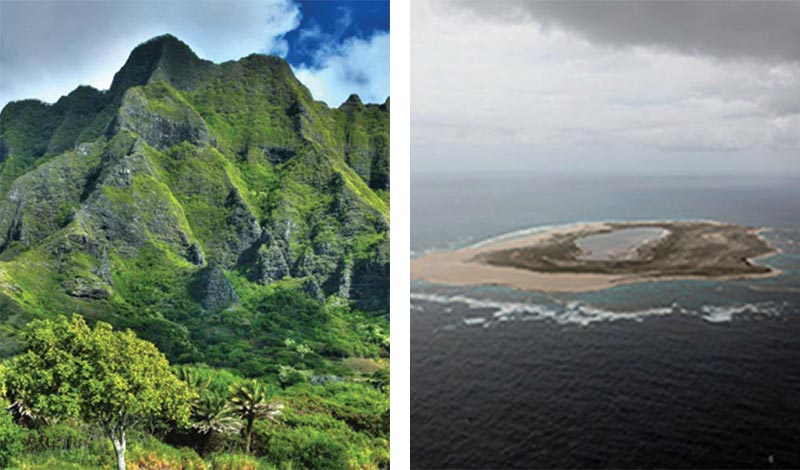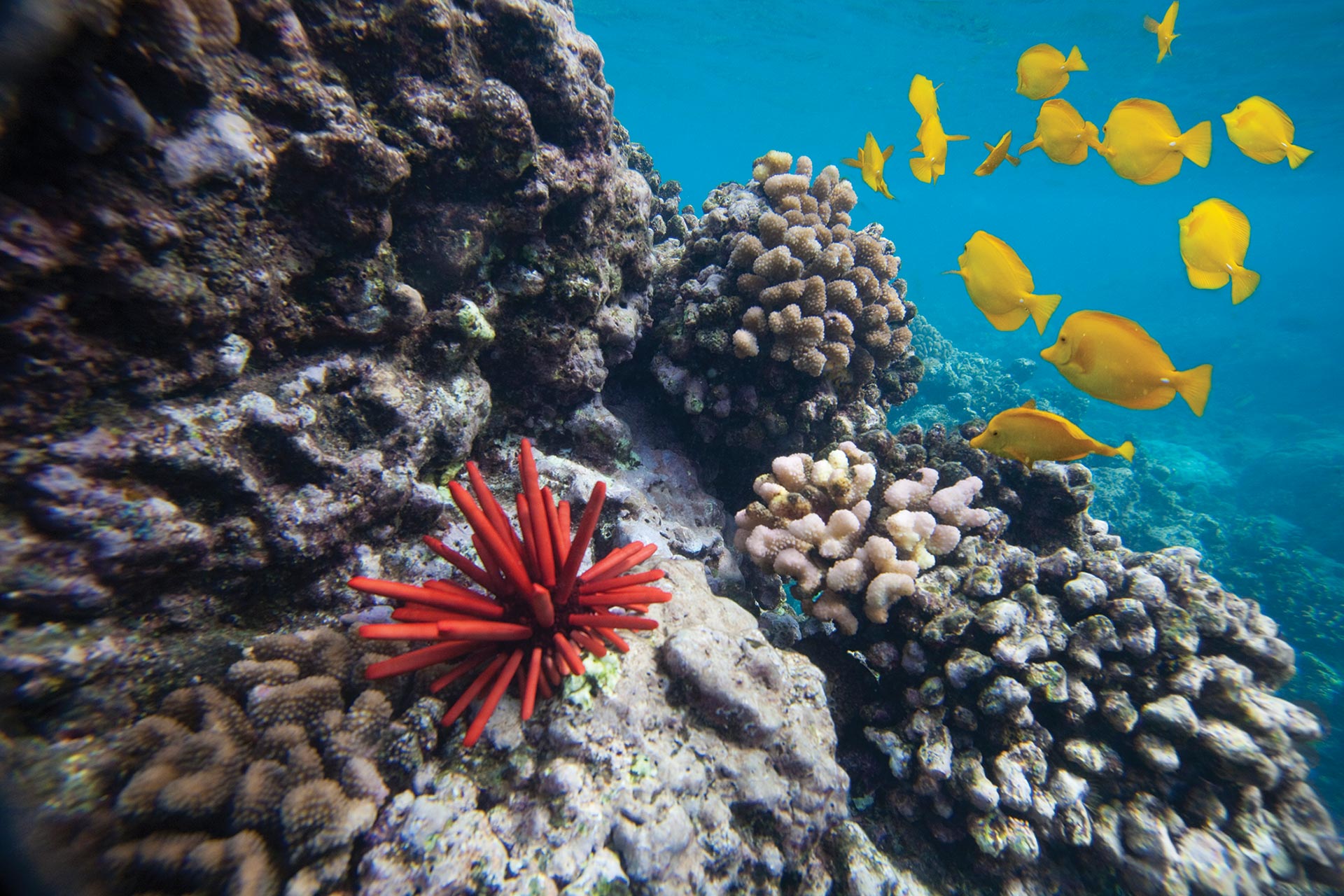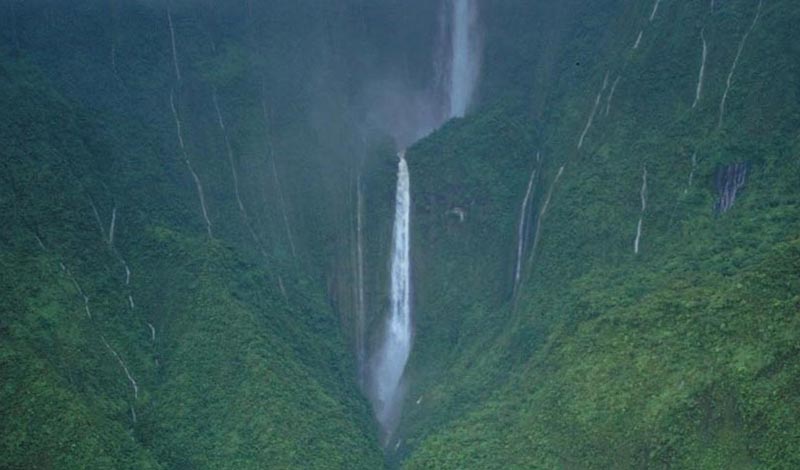Introduction
The Hawai‘i and U.S. Affiliated Pacific Islands region includes the state of Hawai‘i, the Commonwealth of the Northern Mariana Islands, the Federated States of Micronesia, the Republic of the Marshall Islands, the Republic of Palau, the Territory of American Samoa, and the Territory of Guam. The Highlights section below offers a high-level overview of climate change impacts on this region, including the five Key Messages and selected topics. (see Ch. 23: Hawai‘i and the U.S. Affiliated Pacific Islands)


















